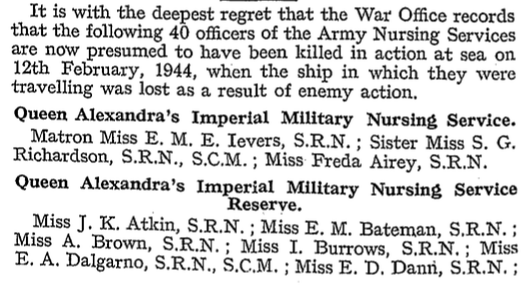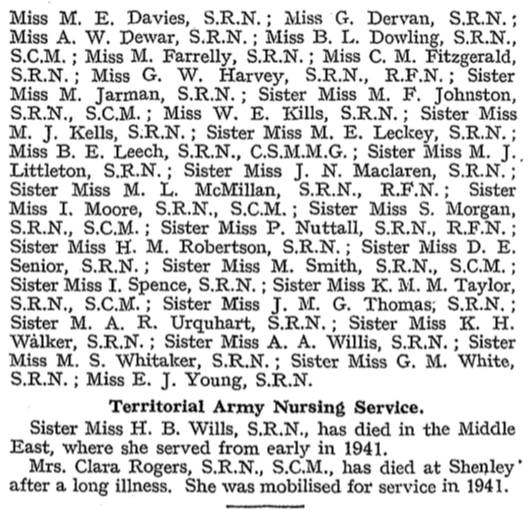RCN Historical Journals
Context
The Nursing Record was published from 1888 to 1956, changing its name in 1902 to The British Journal of Nursing. The journal contains a wide range of information about hospitals, wards, staff, patients, illness and diseases, medicine and treatments, hospital equipment and events. As well as articles, letters and obituaries, the journals contain many photographs relating to all aspects of nursing and a wide variety of advertisements. In 2001 the Royal College of Nursing (RCN) was able to digitise these journals and make them publicly available on the Web.
The Journals
[The journals landing page] will give you the option to either search or browse the journals. Browsing the journals presents them as a list in chronological order. If you know what issue you are looking for then this is the quickest way to locate an article.
If you choose to search through the journals you can only do word searches. You need to be cautious in your choice of search times as words like Matron, Sister, nurse and hospital will appear so often as to make your search impossible.
The Journals often had sections devoted to Army nursing, called Army Nursing Notes, and searching for this can bring up all sorts of interesting items.
An example of the information available[1]:
This little snippet does not tell the whole story, and in the section on Using Web Sources we will look at how we can corroborate and build on these little excerpts to get a richer story. As it happens we do know that these nurses were aboard the SS Khedive Ismail, an Egyptian transport of 7,513 tons requisitioned by the British for use as a troopship while docked at Bombay in 1940. The vessel was carrying 1,511 returning service personnel including 178 ships crew, 996 officers and men of the 301st Field Regiment, East African Artillery, 271 Royal Navy personnel and a detachment of 19 British Wrens. Also on board were 53 nursing sisters with one matron and 9 WTS girls (Women's Transport Service, East Africa). While returning from Colombo, Ceylon, in convoy KR-8, the ship was torpedoed in the Indian Ocean at 14.33 hours. It took only 1 minute 40 seconds for the ship to sink taking 1,297 of her passengers and crew with her. There were 214 survivors including only six female passengers from the vessel, a victim of the Japanese submarine I-27 commanded by Lt-Cdr Fukumura. This was the greatest maritime tragedy involving female service personnel in British naval history. See [this section for more details on this episode].
References
- ↑ The British Journal of Nursing (1944) The Passing Bell. The British Journal of Nursing, May, p.58-59.


